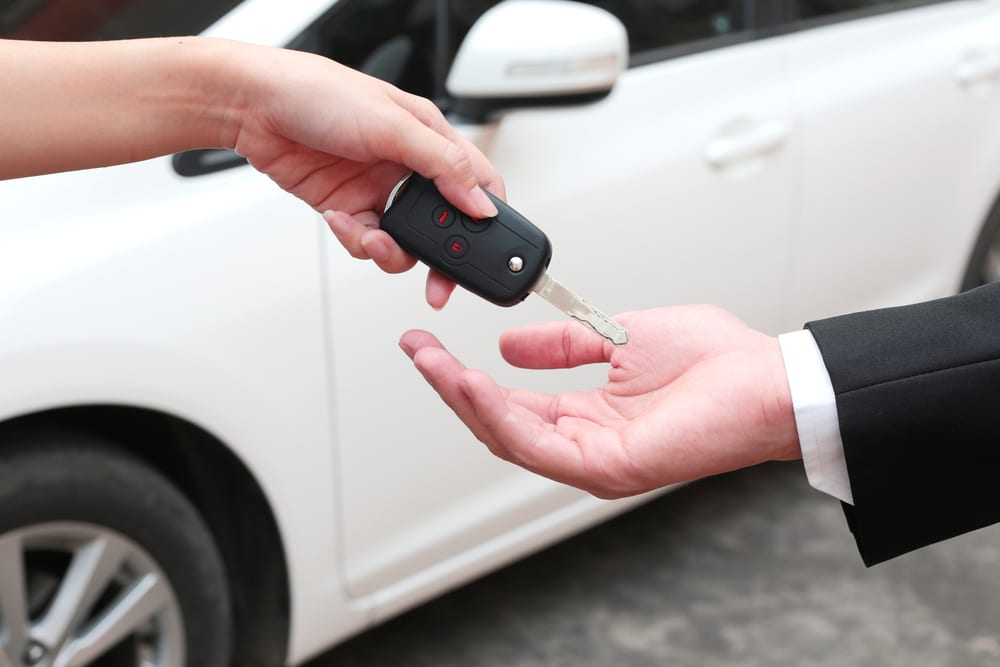
Once largely limited to detailing shops as just another service, ceramic car coating has moved out into the public as they’ve become more available to the average person, alongside being both more affordable and easier to use.
Ceramic coating is a type of exterior auto paint treatment and protection; applied in liquid form, it steadily cures into a harder shell protecting the base body paint beneath. They come in a variety of types, from concentrate kits to hybrid waxes to even wet sprays. They all work the same way at a base level, regardless of what the manufacturer might say.
Even if it’s designed to protect your vehicle’s paint job, the bay area ceramic coating coating itself still needs its own care if you want to reap the benefits no matter what style or type you’re using. Here are five easy tips for maintaining your coating so it stays up to snuff.
Table of Contents
The Right Coating Level Changes Maintenance
As with similar things, the quality of your ceramic coating certainly affects just how much maintenance you have to put into the coating to keep it effective. There are generally three different levels you can get with ceramic coating: professional, DIY home kits, and DIY hybrid sprays or waxes.
Professional-grade ceramic coatings are done by auto garages and detailing companies that specialize in coating application. They have the tools, facilities, and resources to completely prepare your vehicle for coating. As the attention to detail is often very high, these jobs typically take much longer and vary in cost from a few hundred to thousands of dollars. However, this time and effort also results in a ceramic coating that is much more durable and longer-lasting, requiring less consistent upkeep outside of the norm.
DIY home kits are a sort of middle-road between professional jobs and hybrid sprays or waxes. They’re much cheaper, only around $100-$300, and usually include a concentrate, job-specific sponges and applicators, and even pre-cleaners and toppers, depending on the kit. The application methods are somewhat similar to professional jobs but require careful reading of the directions. Although not as sturdy as a professional job, DIY kits are solid middle-of-the-road options that strike a balance between things like time and cost versus durability.
Lastly, there are DIY hybrid sprays or waxes. These are the cheapest of the three, going for around $10 to $30, and are the easiest to use and apply. Although companies do try to impart the same level of quality used by the pros into these products, they still don’t offer the same levels of quality. Nevertheless, they’re quick and cheap, which can be a godsend if you need a ceramic coating in a pinch.
While all ceramic coatings still require proper cleaning and upkeep, depending on which “level” you chose can certainly affect the durability and heft of maintenance required by the coating.
Hand Wash, Not Car Wash

Although car washes are incredibly convenient and can be a vehicle owner’s best friend under the right circumstances, if your vehicle has a ceramic coating, then this convenience can become your worst enemy. Any car wash, especially those with heavy-duty brushes or the mop-type cleaning rags, can virtually obliterate the coating in seconds. This is because these washes use highly pH aggressive soaps, almost to the grade of industrial-level detergents. Additionally, the materials used are also built with long-term use in mind, rather than a soft clean.
So, when it comes to self-washing, there’s actually a variety of methods you can use. One of the easiest and fastest methods is rinseless, which needs a 5-gallon bucket fitted with a grit guard filled with four gallons of water alongside rinseless soap and a microfibre towel for drying; a car mitt can also work wonders. Admittedly, while this is easy to do, it isn’t the greatest method if there’s heavy build-up of things like soils, dirt, or mud along the vehicle’s lower panels.
Another is the standard hand washing method. This takes longer and is more involved but can provide a much better and more thorough cleaning. When doing so, it’s important to stick to the two-bucket method, where one bucket is for washing while the other’s for rinsing; this prevents any debris previously washed off being re-deposited onto the car following a rinse.
It’s also recommended to wash your car every two weeks or so. This helps prevent excessive debris build-up. Even if you use a car cover, you should still keep to this schedule; covers still gather dust, which can penetrate through these covers at the microscopic level.
pH Levels Are Important!
When it comes to choosing the right shampoos and external cleaning products for your car, make sure to pay attention to the pH levels of the products! Any shampoo you use should be completely pH neutral; this includes no additives like waxes or polish.
The way ceramic coating, regardless of application method, generally hardens means it forms a flat or hydrophobic surface. This means that fewer contaminants like dirt and debris have the ability to stick to the coating’s surface layer; consequently, it’s easier to remove this debris.
Because of this, there’s no real reason to use any high pH aggressive soaps that are suited to combating excessive debris build-up, as there’s none there. Avoiding products with added wax also means avoiding the residue of the latter leaves, which affects the hydrophobic coating negatively.
Avoid Excessive Sunlight
Although it may seem strange, avoid cleaning your car in excessive and/or high-intensity sunlight. Direct sunlight naturally causes vehicles to heat up, especially if they’re painted in darker colours. Not only that, this heat can cause the soap you use to dry much faster than normal, leading to water spots and streaking, which can ruin the look of your car.
As a result, it’s more ideal to wash your car during lower light hours; the optimal times are early in the morning or around sunset, depending on your preferences and schedule. A cloudy day can also work if it lines up with your plans. Alternatively, you can wash your car in a shaded area like a garage or canopy, if available.
Rest And Rejuvenation
Even with taking a bunch of preventive measures with your ceramic coating, it can still degrade over time from the elements and the vehicle’s normal use. That’s why it’s a good idea to rejuvenate the coating on occasion.
There are a variety of products of this type on the market, which work to help shore up the sealant of the coating and restore it. Additionally, there are also maintenance boosters available, which are highly concentrated versions of the coating’s formula; these boosters work to fill in imperfections and erase any minor damage. Such upkeep only needs to be done every three to four months, however.
Author’s Bio

Rhett Desormeaux is a content writer currently working with BreezeMaxWeb. He’s a passionate writer and loves studying ancient history, especially Bronze Age civilizations.







